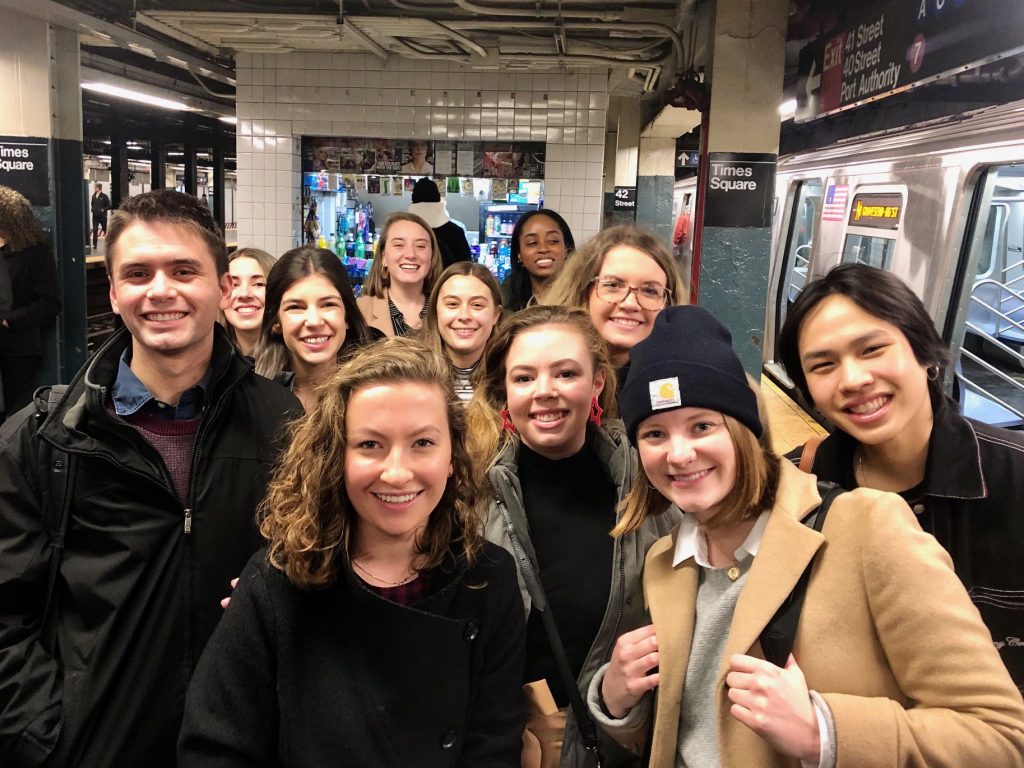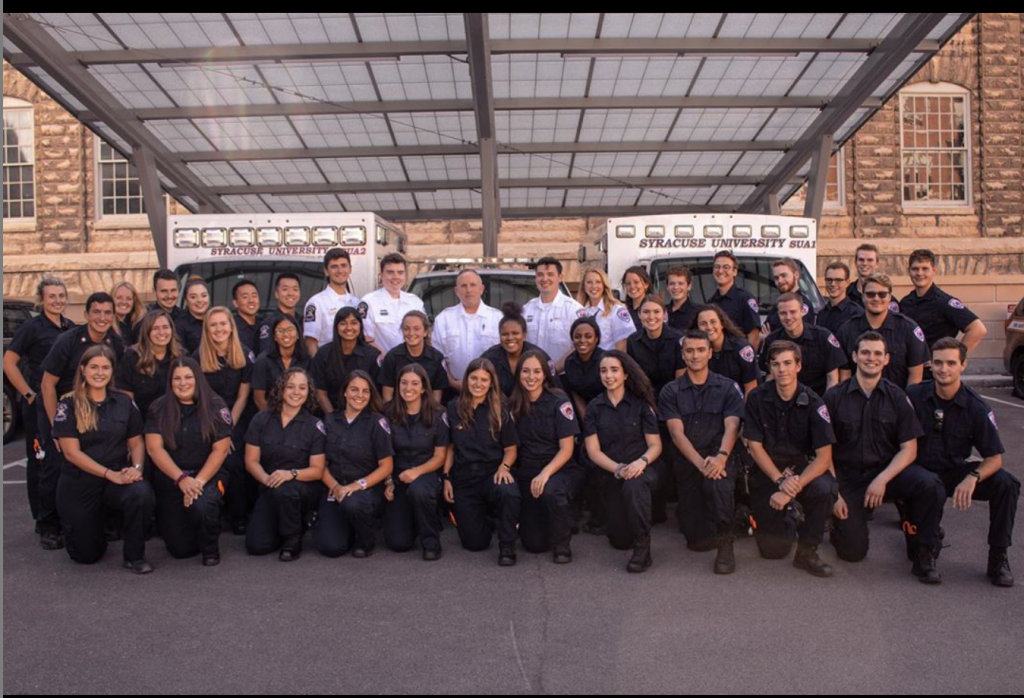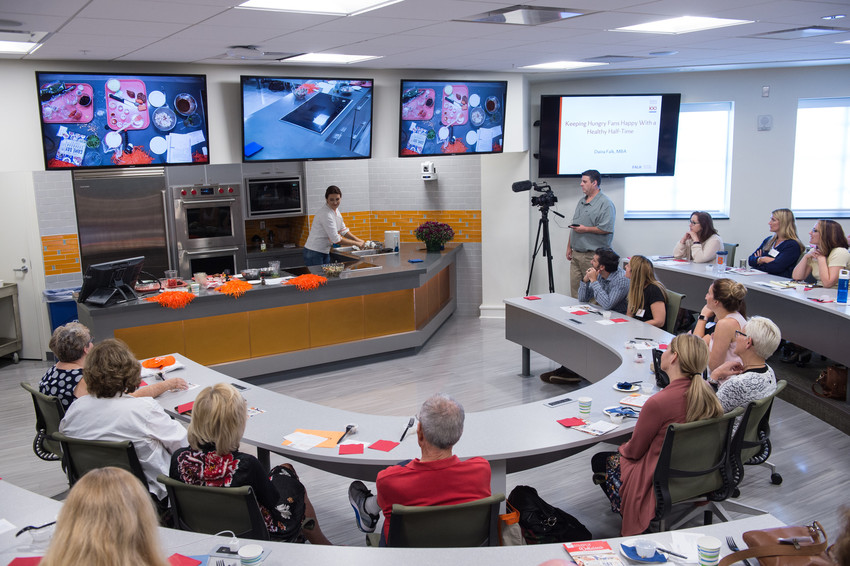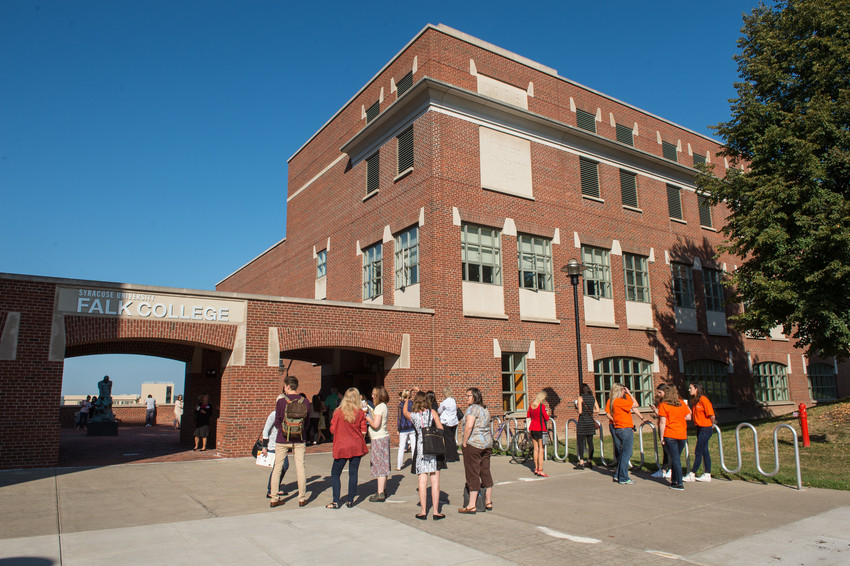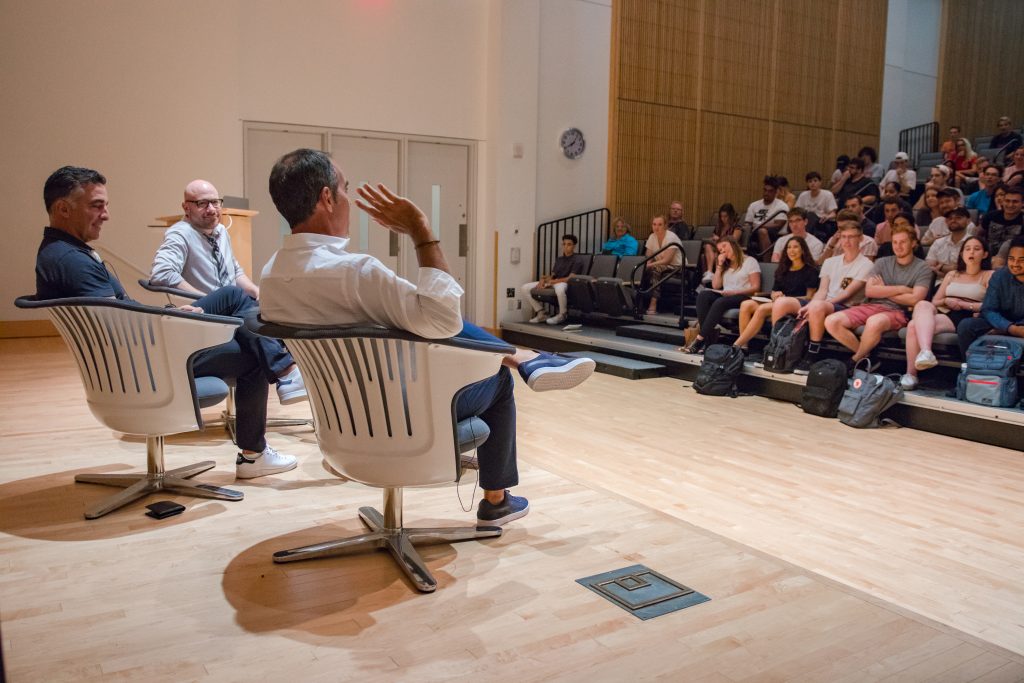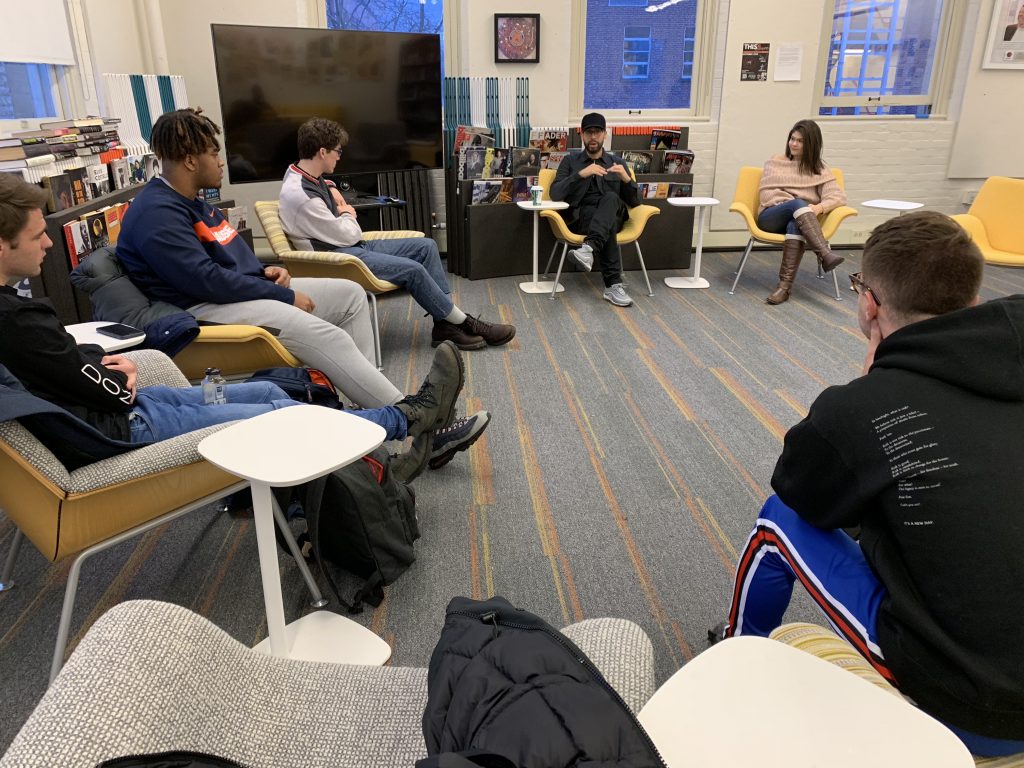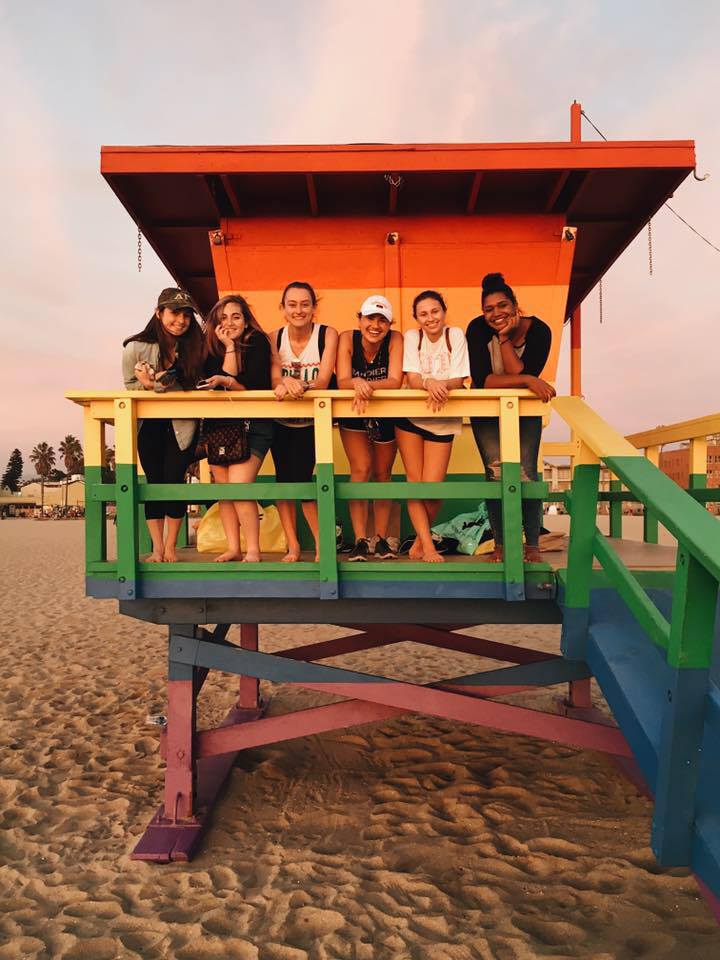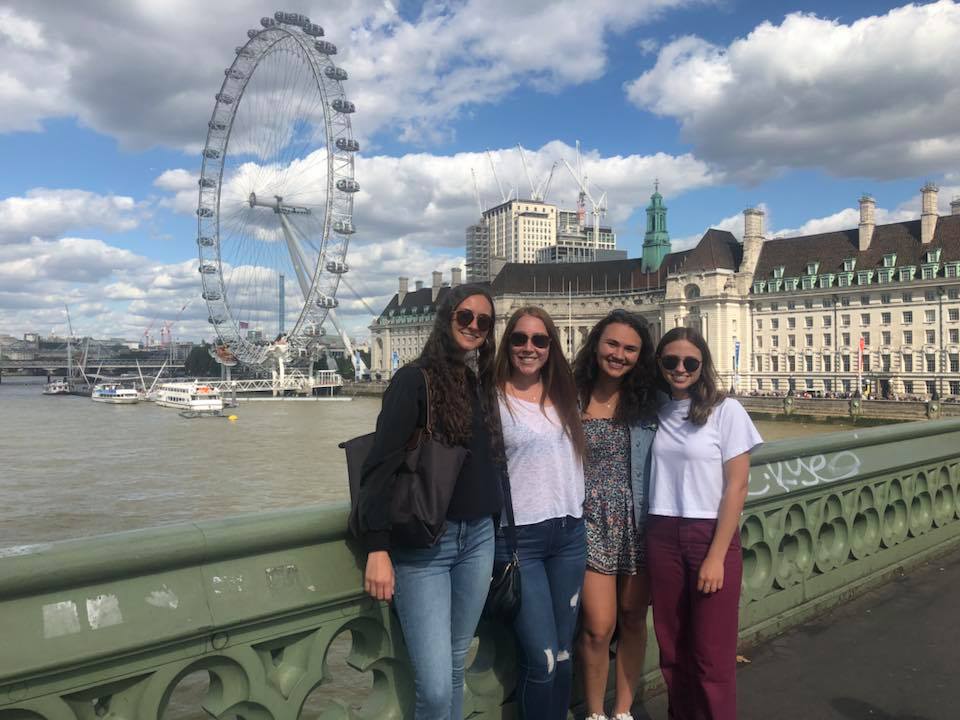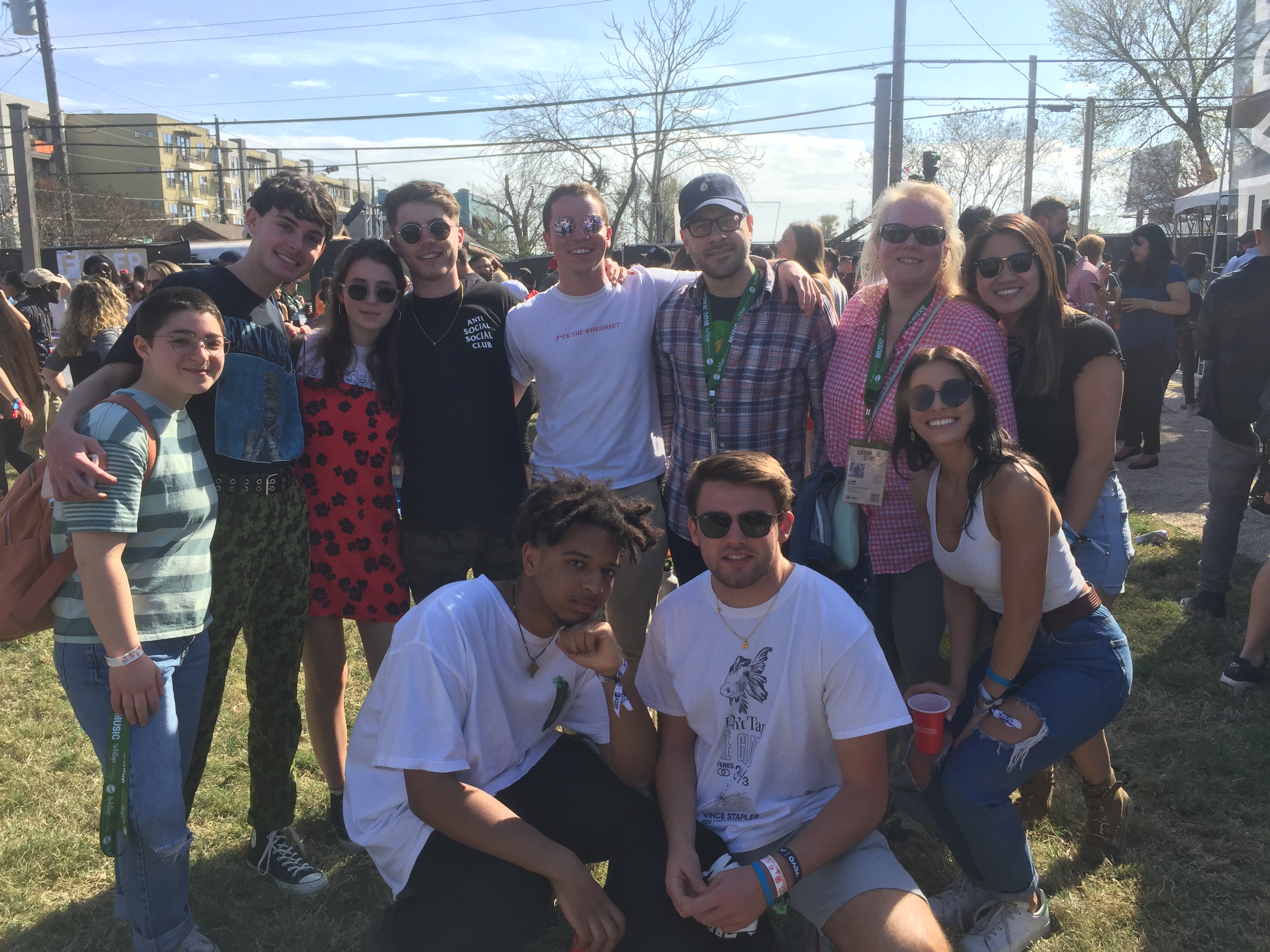Senior Matthew Gelinas ’21 knew he wanted to major in Electrical Engineering in high school when he had the chance to tour Raytheon with a mentor and family friend. It took a bit longer, however, for Matthew to develop the secondary interests that are poised to connect him to his future career path.
Keep reading to find out how Matthew was able to explore his interests, career goals and hobbies as a student in the College of Engineering and Computer Science (ECS) at Syracuse!
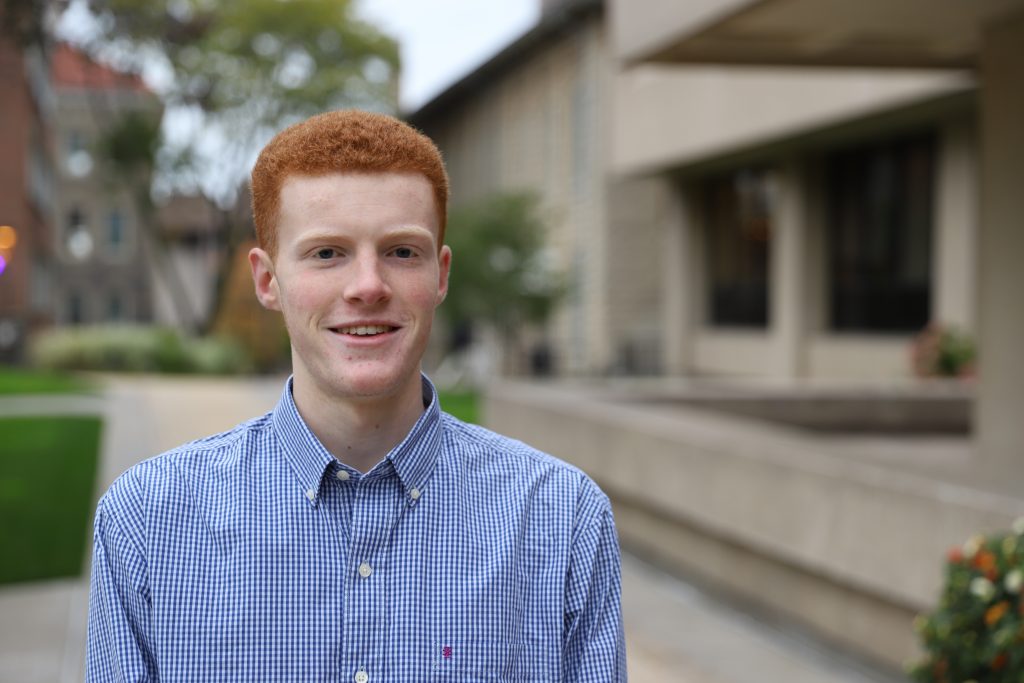
Meet Matthew Gelinas ‘21
Hometown: South Hadley, MA
Major: Electrical Engineering
Minor: Computer Science
How and why did you choose to attend Syracuse University?
I considered several colleges with engineering programs, including public and private institutions. In addition to the scholarships and financial aid I received at Syracuse, I loved that it was far enough away from my hometown in Massachusetts, but not too far. I also was looking for a large university with considerable resources and ways to get involved. Plus, I love the snow!
Tell us more about your interests in both Electrical Engineering and Computer Science.
I came in as an Electrical Engineering major and later added on a minor in Computer Science. As an engineer, I want to be able to solve problems from multiple angles, so it was great to be able to add a secondary interest on to my undergraduate experience.
My interest in computer science, and ultimately, cybersecurity, really took off after taking a class with Professor Shiu-Kai Chin. I approached him after class about research opportunities and he got me involved in a research project the summer after my sophomore year.
How have you been able to apply what you’re learning in the classroom?
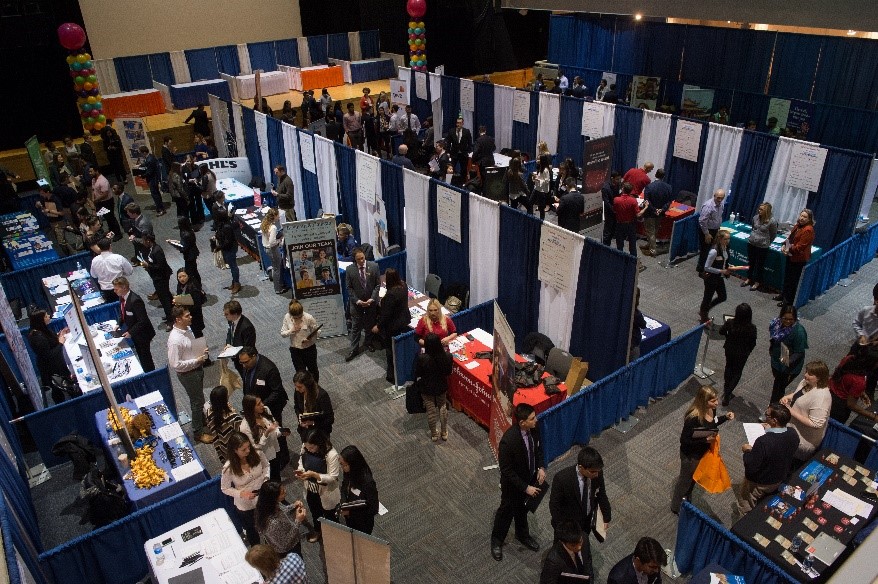
Research has been a big part of my experience at Syracuse. Professor Chin and I worked on a soft system methodology project that examined interactions between humans and machines for an Air Force lab in Rome, NY.
This past summer, I also had the opportunity to intern with Hanscom Air Force Base. I met with an Air Force representative by chance at the ECS Career Fair during my junior year, and he called me afterward to offer me the internship opportunity. Although the experience ended up being mostly virtual due to COVID-19, I got to learn about all of the engineering and professional opportunities the Air Force has to offer, including the newly created Space Force and different weather systems they operate.
What is your dream job?
I definitely have a passion for cybersecurity, but I wouldn’t say I have a dream career path in mind just yet. I plan to keep saying yes to opportunities that come my way until I figure it out!
What are you involved outside of academics at Syracuse?
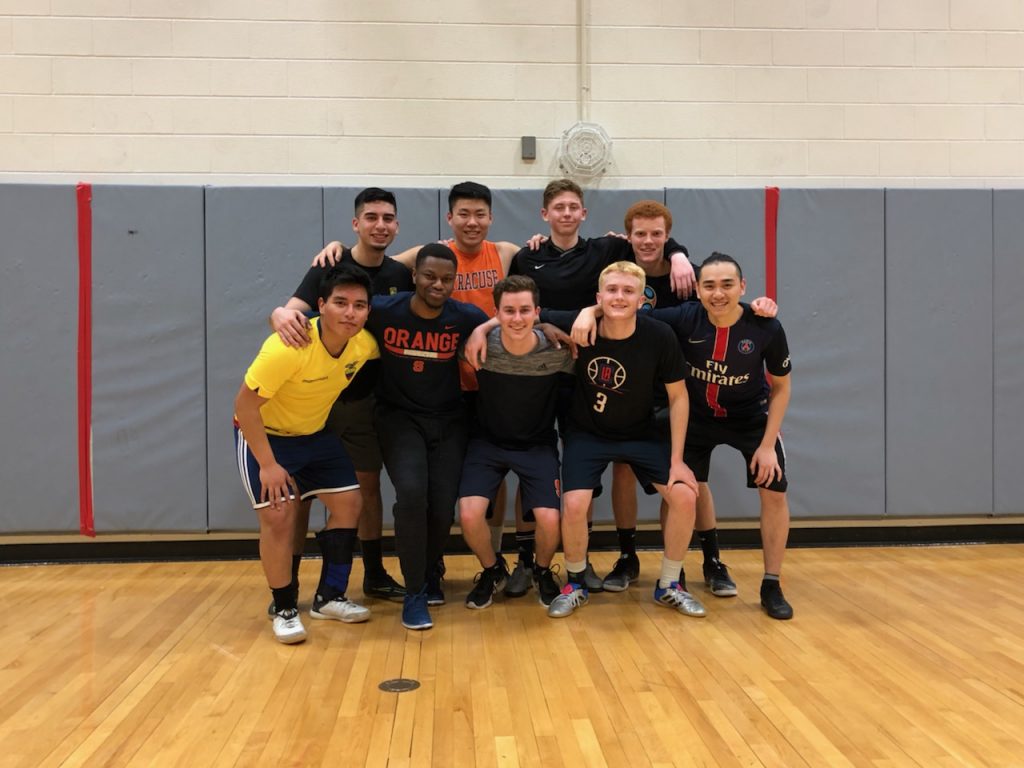
In addition to playing intramural soccer and pickup tennis and basketball, I’m currently serving as the Treasurer for IEEE, the Institute of Electrical and Electronics Engineers. We put on various events for students interested in engineering and computer science, including resume review sessions and hackathons!
I also studied abroad in Strasbourg, France in the fall of my sophomore year, which I can’t recommend enough. I went there knowing zero French, but had a great experience taking classes and living with a wonderful host family. I was able to travel to Spain, Germany, Switzerland and the Netherlands during my trip, as well as play on the basketball team.
I was able to keep up with all of my scheduled classes while abroad, including engineering lab, which was taught in English. An elective class I took in Strasbourg focused on human rights and was taught by a lawyer from the European Court of Human Rights, which is located right over the border in Germany. At the end of the course we had the opportunity to go and watch one of the court cases live!
What classes are you taking this semester?
- Image Processing
- Cybersecurity: Access, Control and Trust
- Introduction to Algorithms
- Senior Design Lab
My classes this year are a mix of in-person and online instruction. Professor Jennifer Graham’s Senior Design Lab functions almost like Shark Tank – each group, made up of Electrical and Computer Engineering majors, is challenged to come up with a new design idea, build the product, and present it to a panel at the end of the semester.
What advice do you have for future ECS students?
My best advice is to talk to your professors – they are truly your best resource. In addition to being industry experts, they will help you select your classes, find job experiences and connect you to professionals doing the work you are interested in. Everyone I’ve encountered is fantastic and willing to help – I truly wouldn’t be where I am now without their guidance and advice.

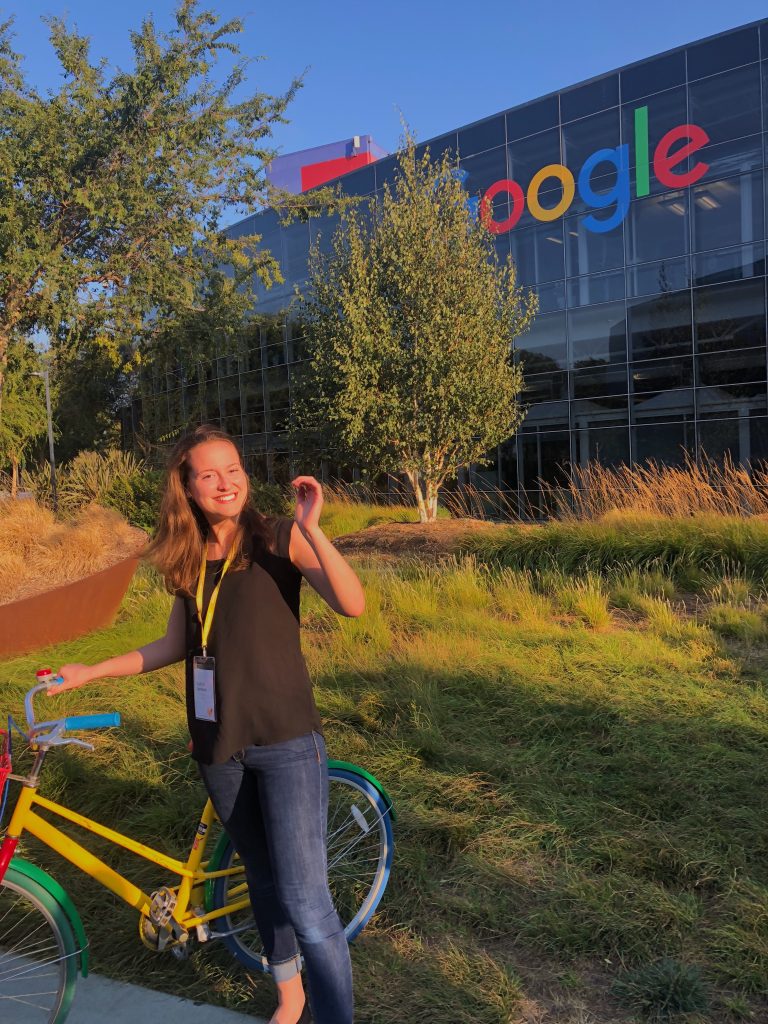
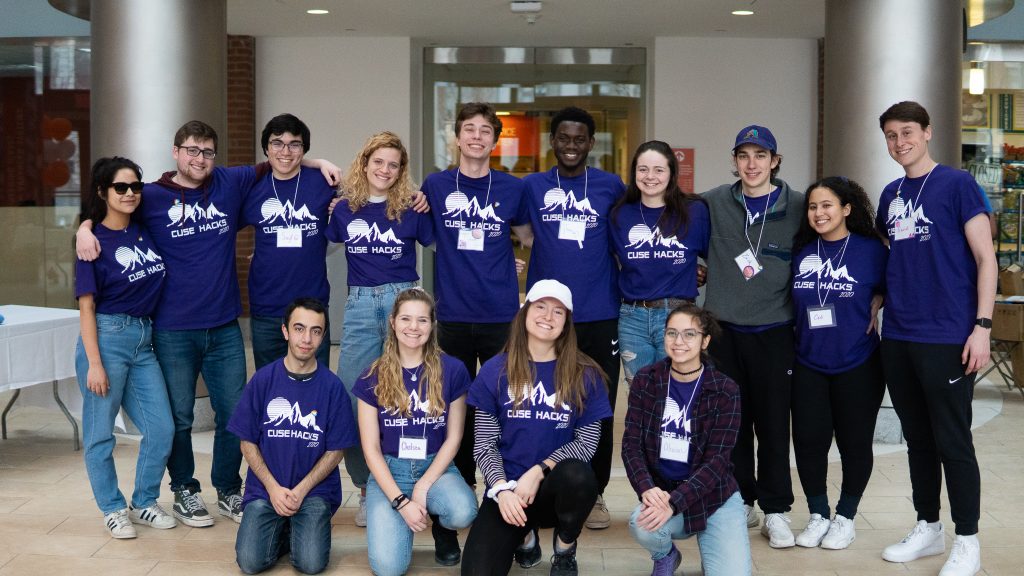
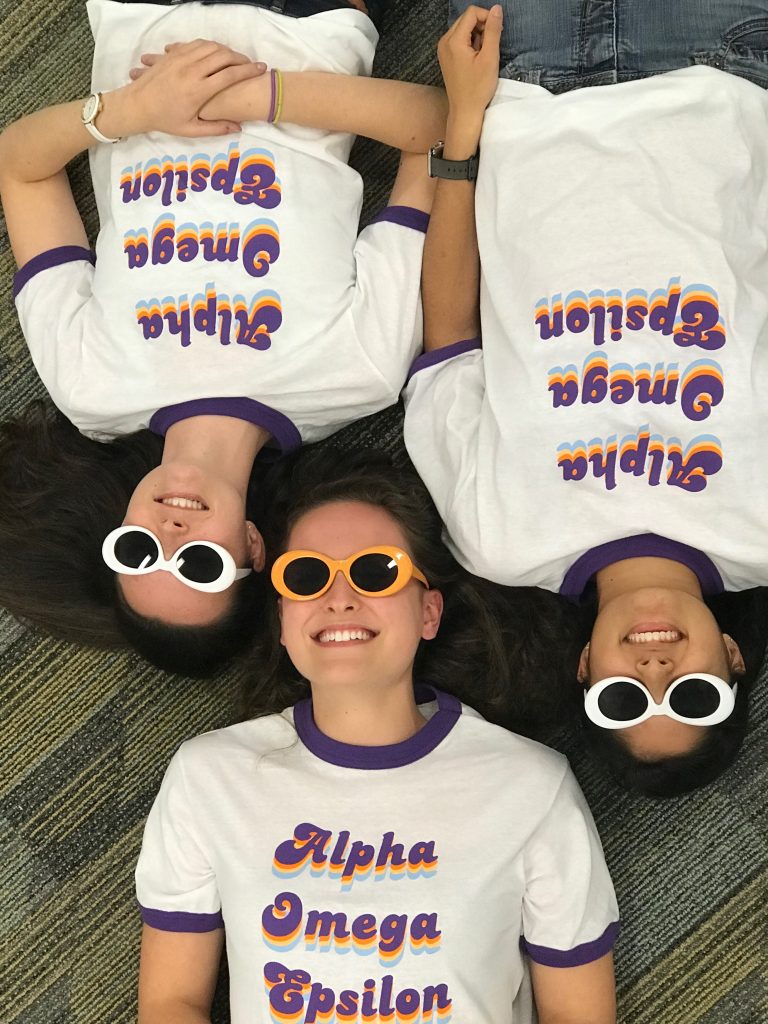
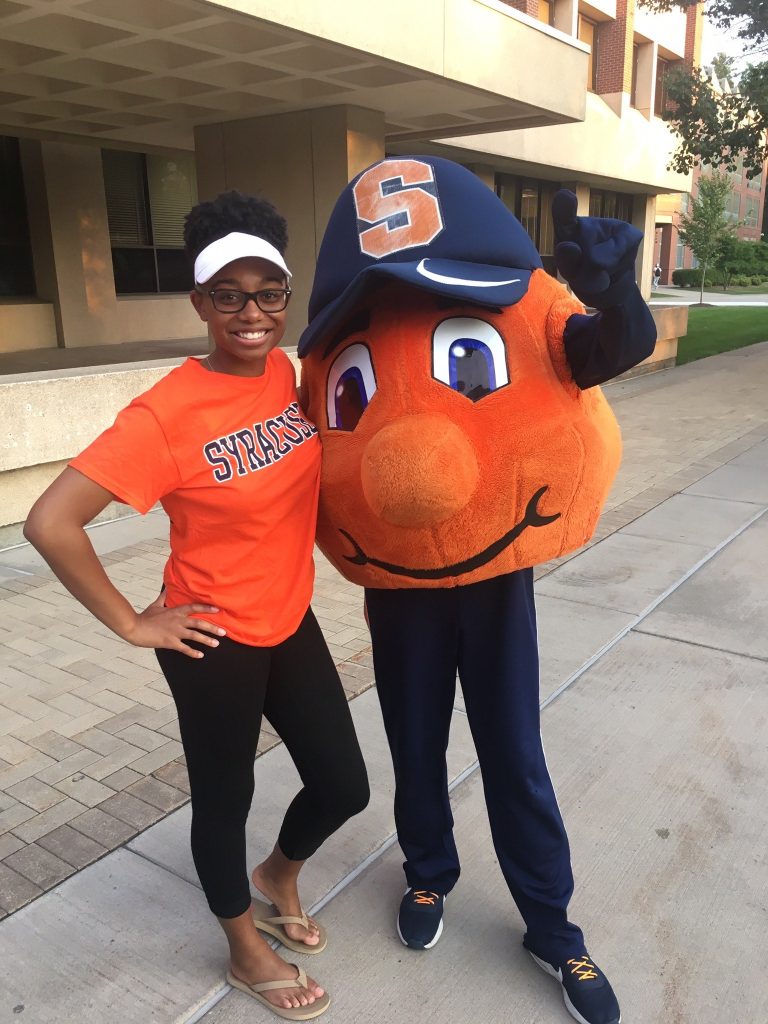
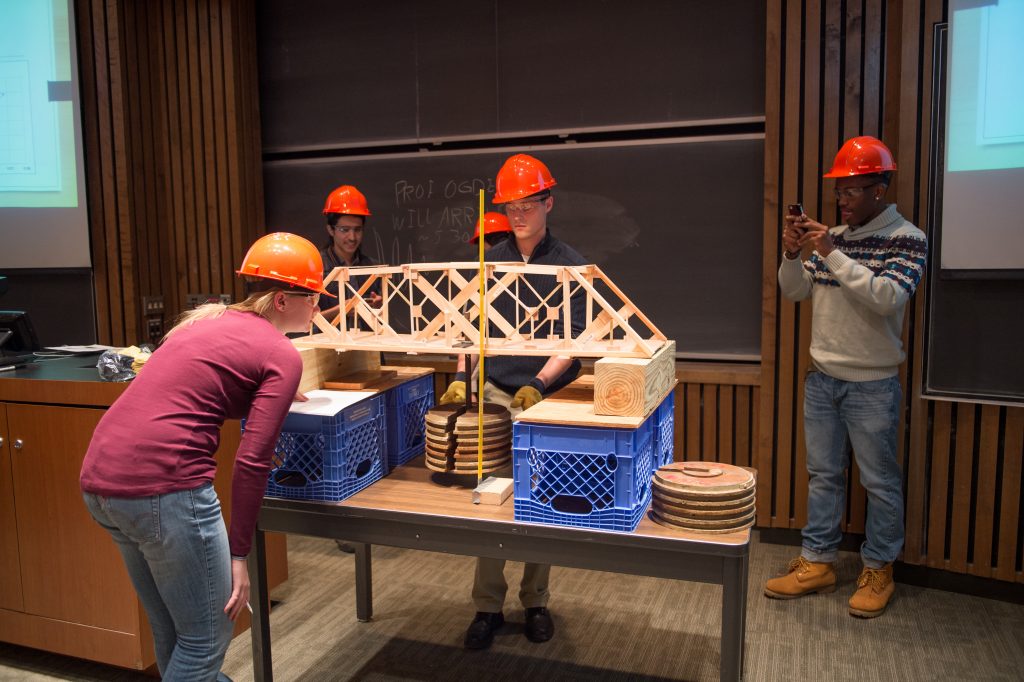
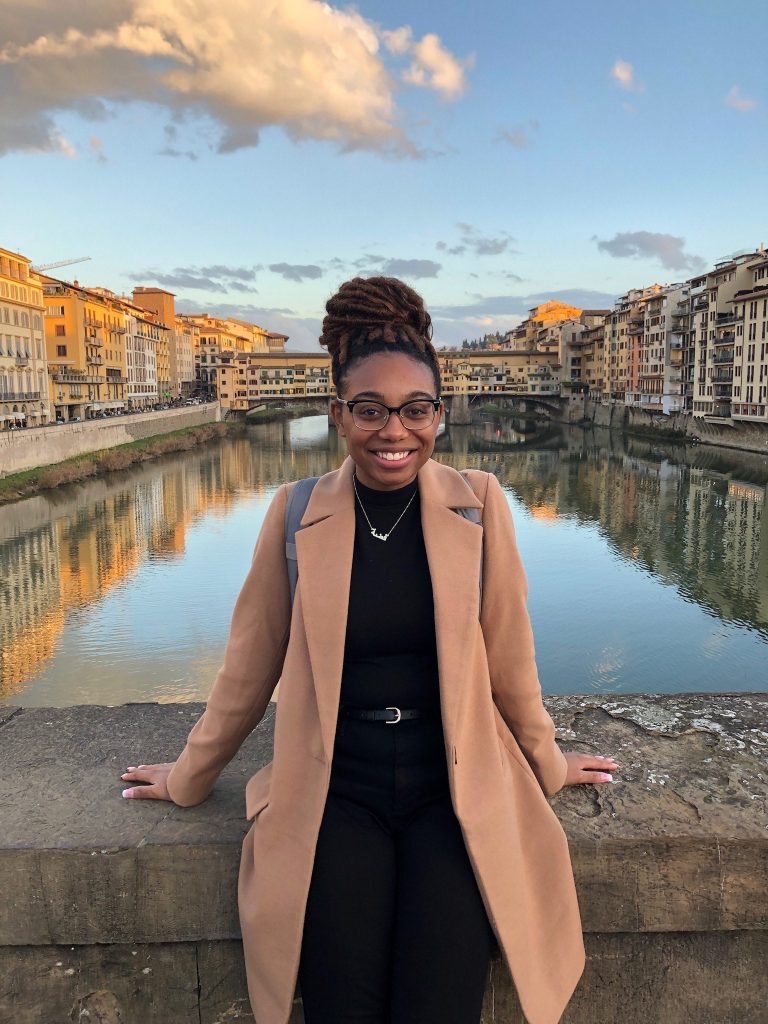 How did you balance a full engineering course load while studying abroad?
How did you balance a full engineering course load while studying abroad?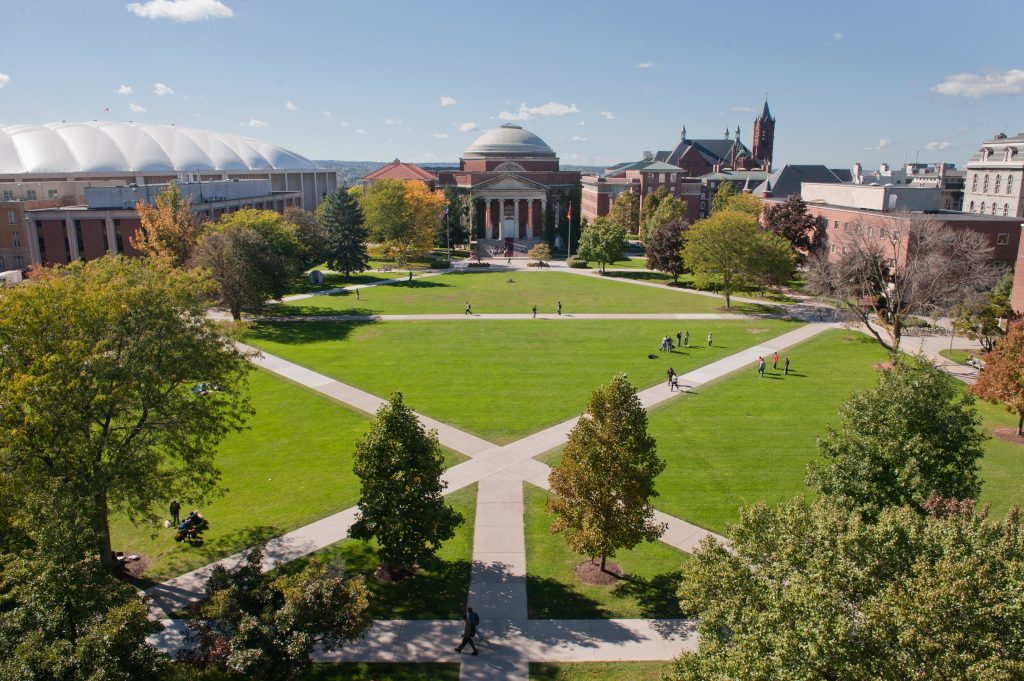
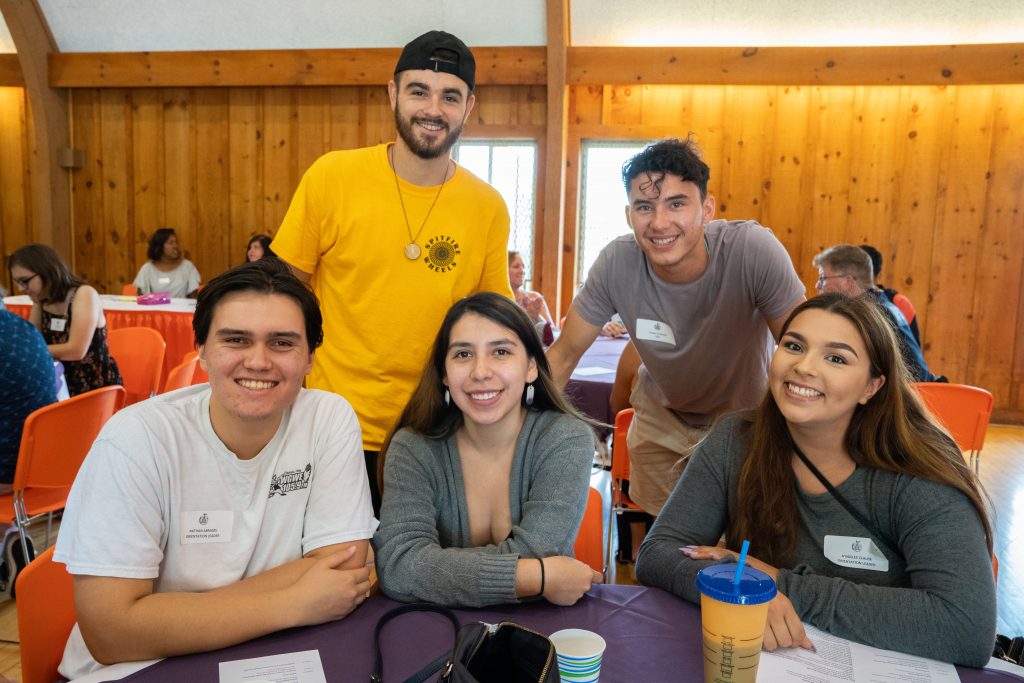
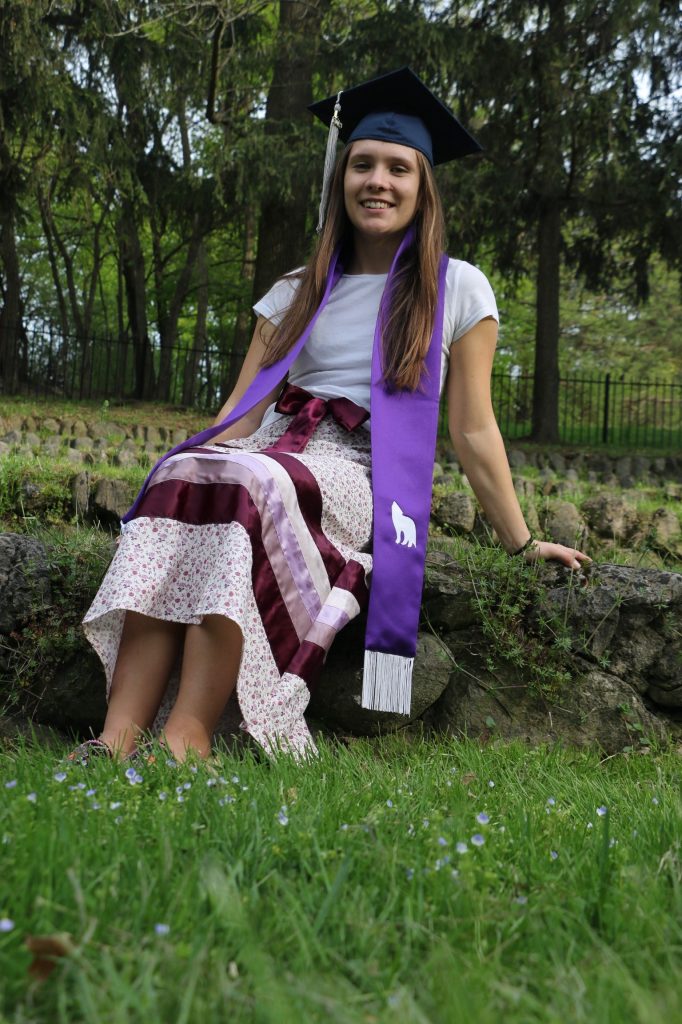
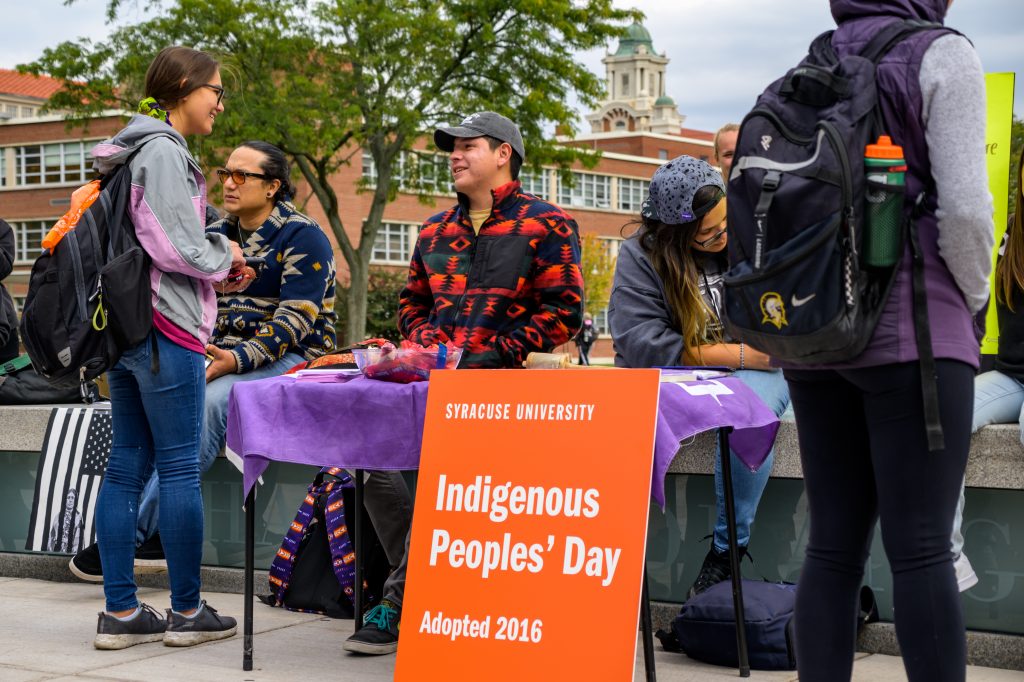
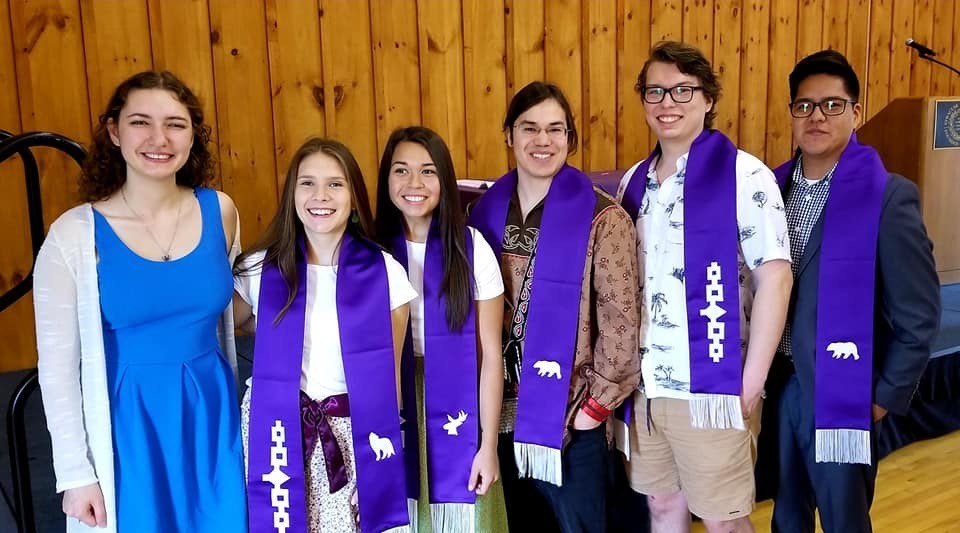
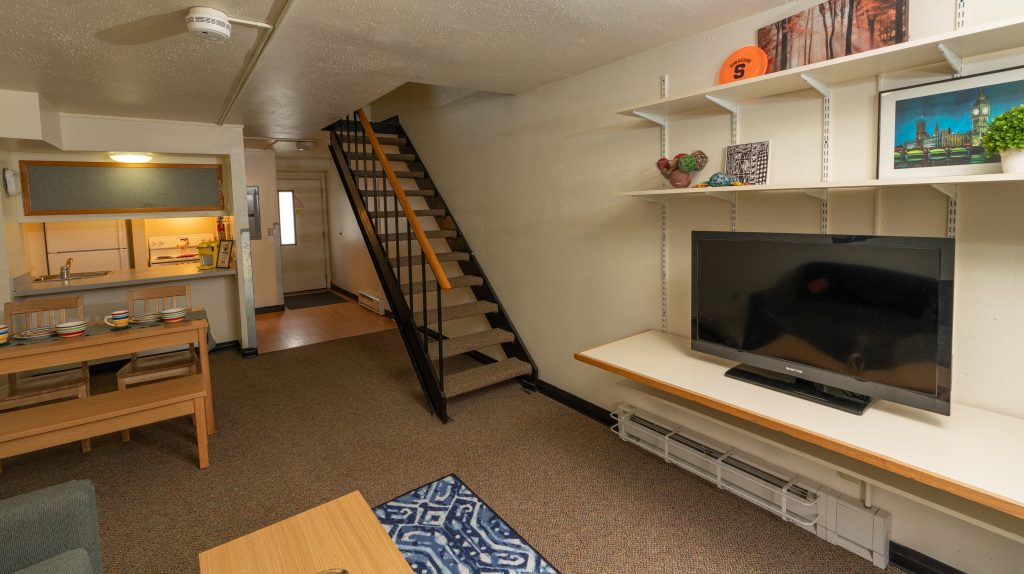
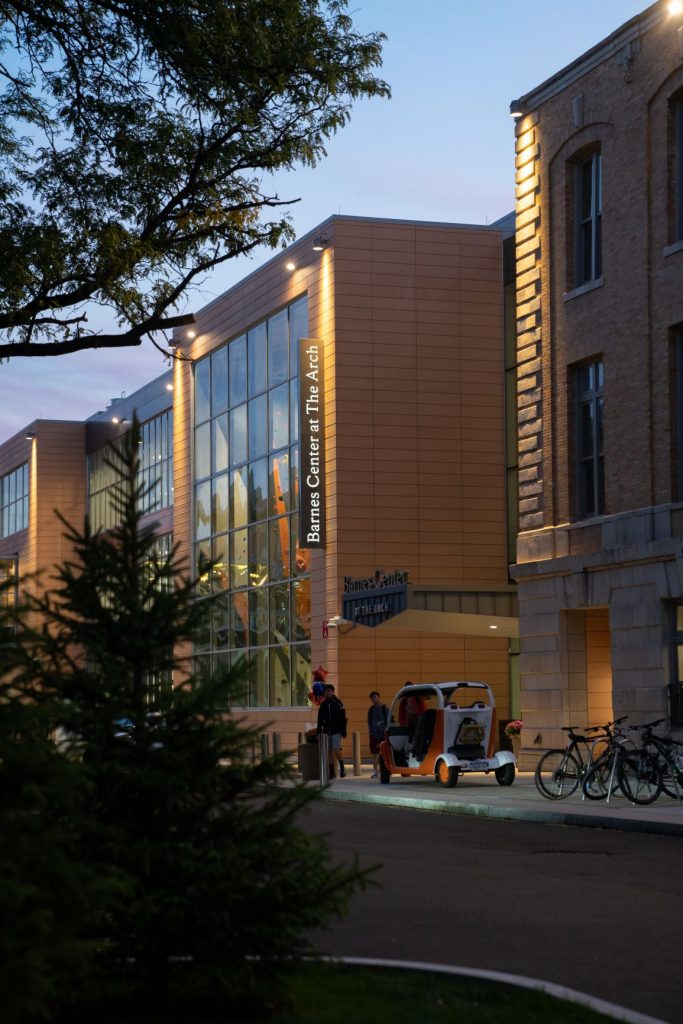
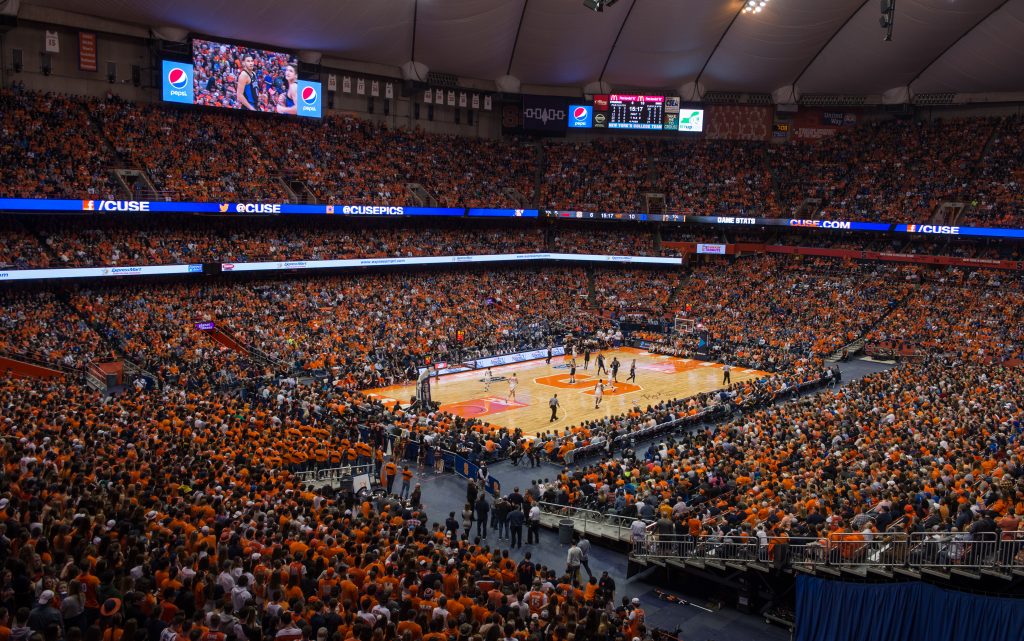
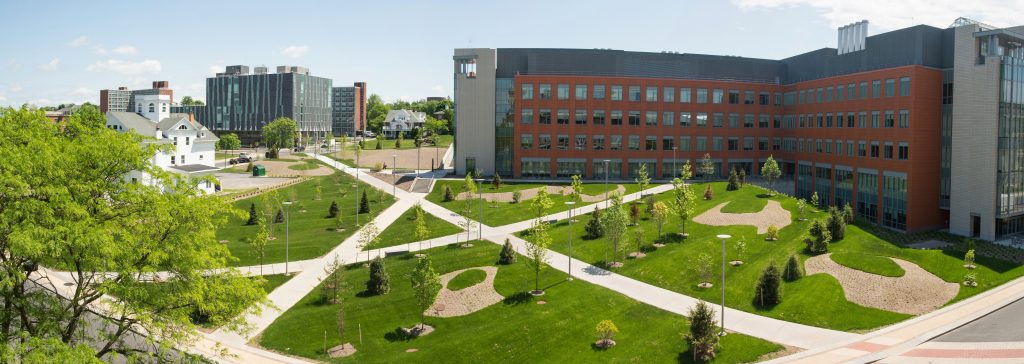
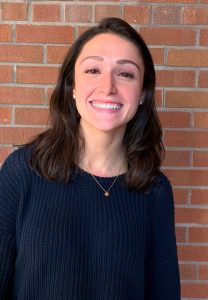
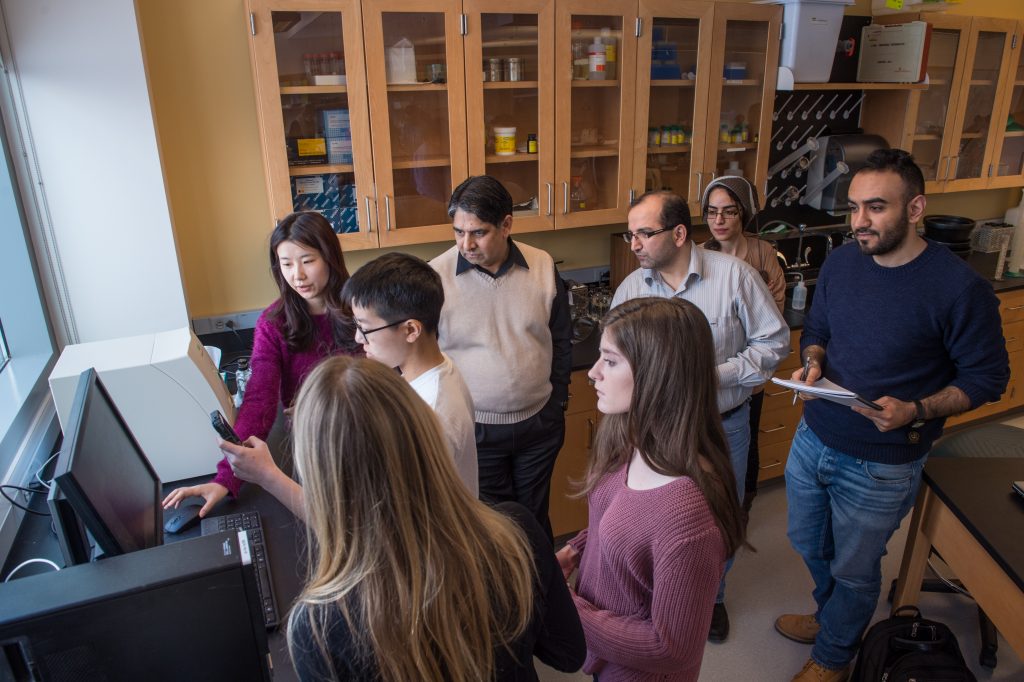
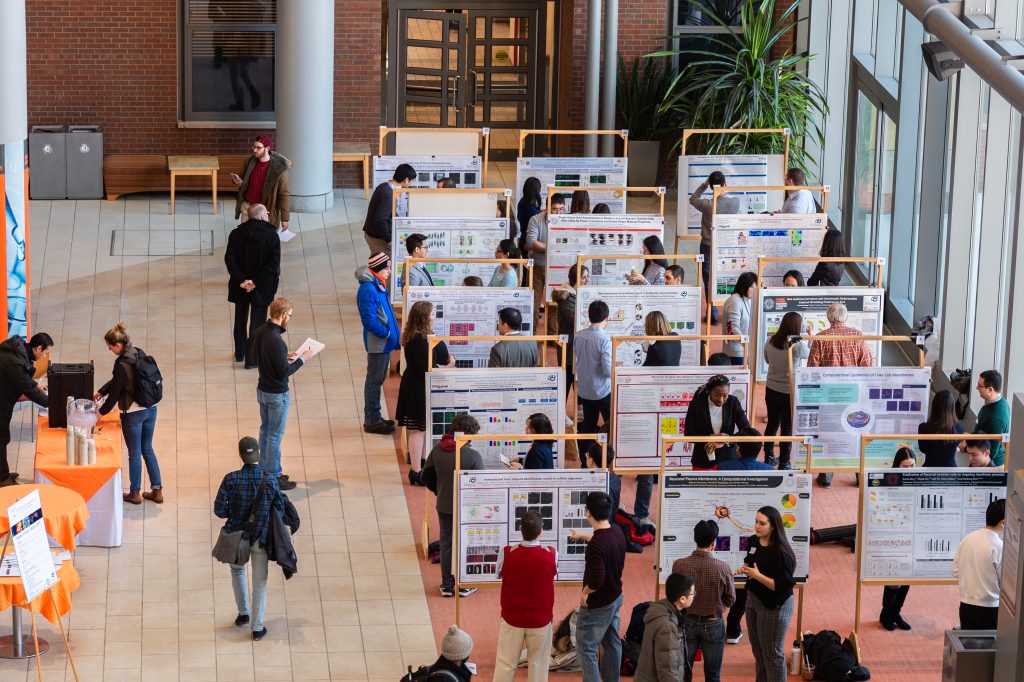
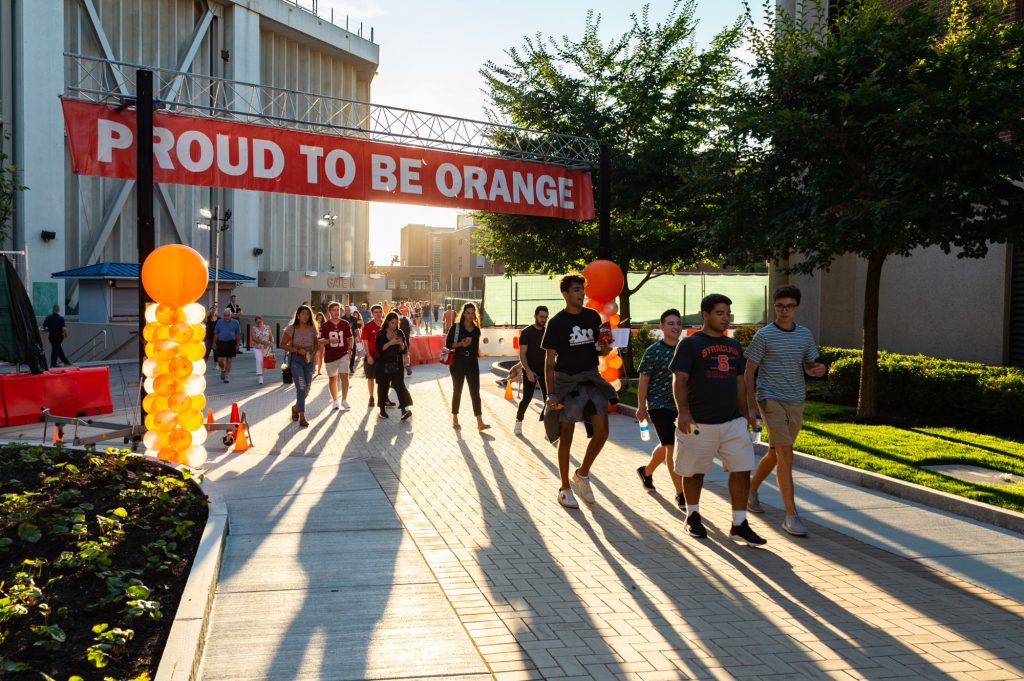

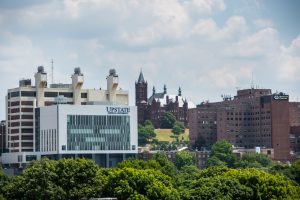
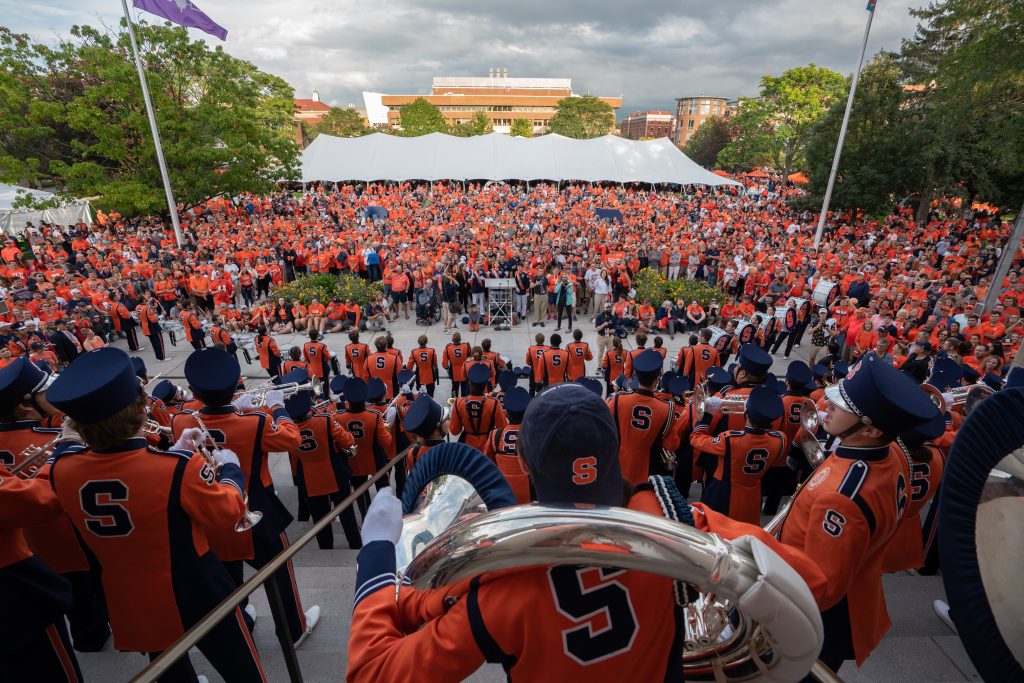
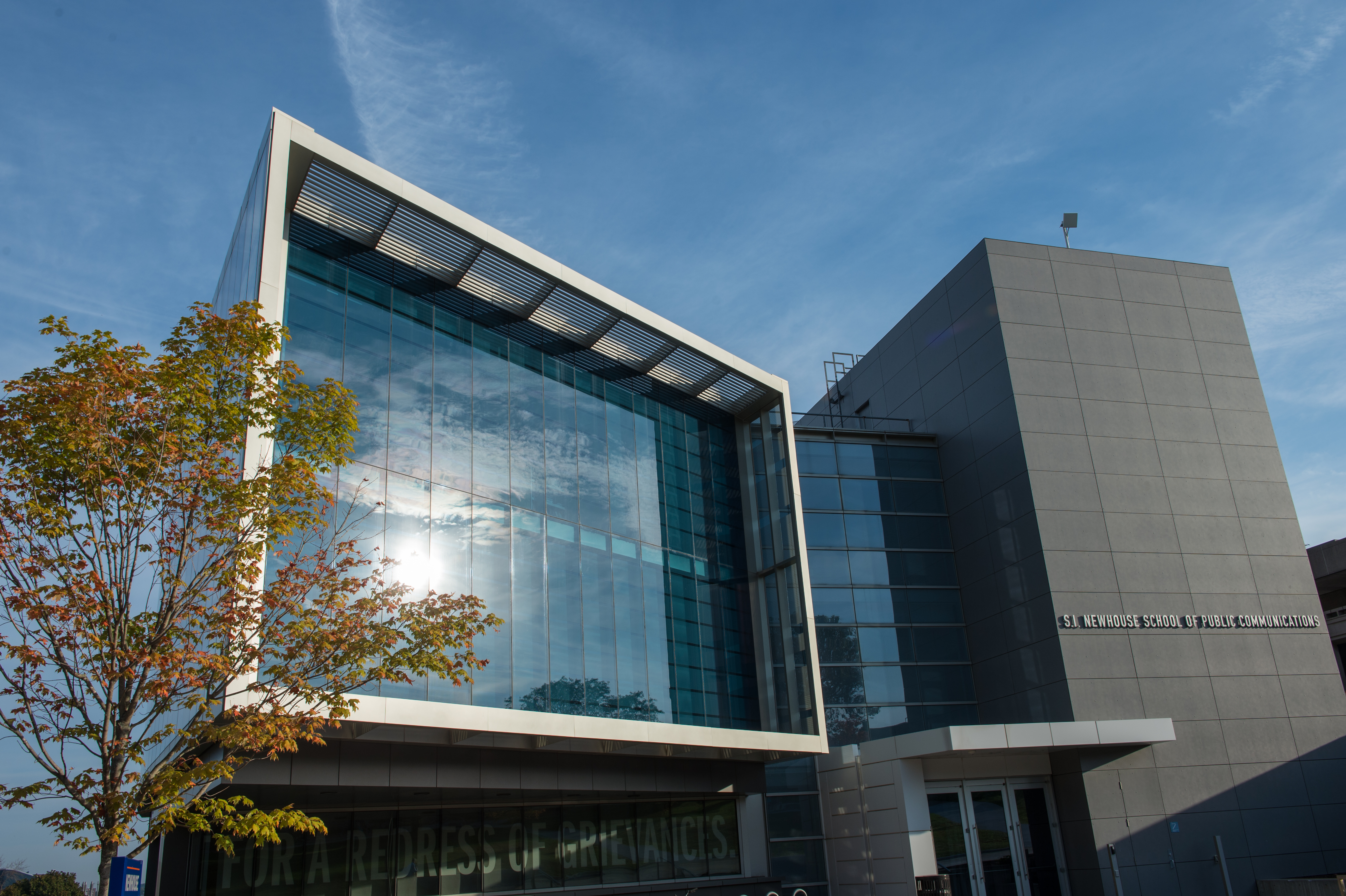
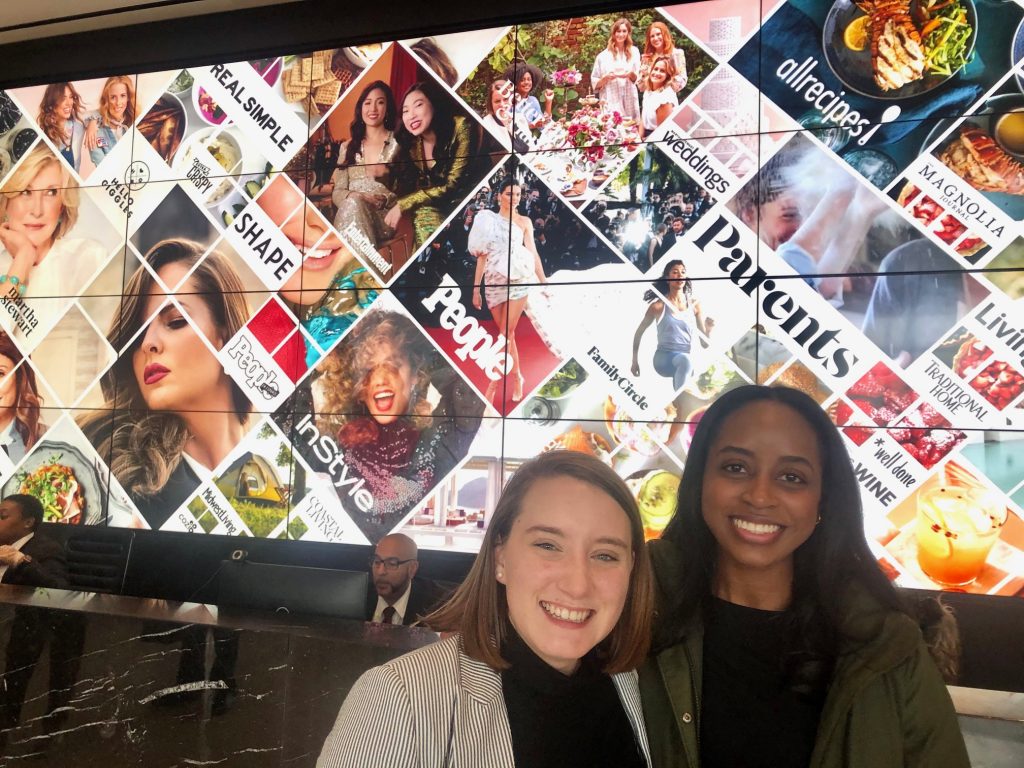
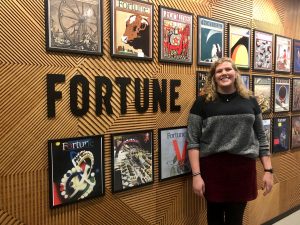 created a panel at which top editors and writers from Fortune talked about crafting story pitches, freelancing, and covering the intersection of business and culture.
created a panel at which top editors and writers from Fortune talked about crafting story pitches, freelancing, and covering the intersection of business and culture.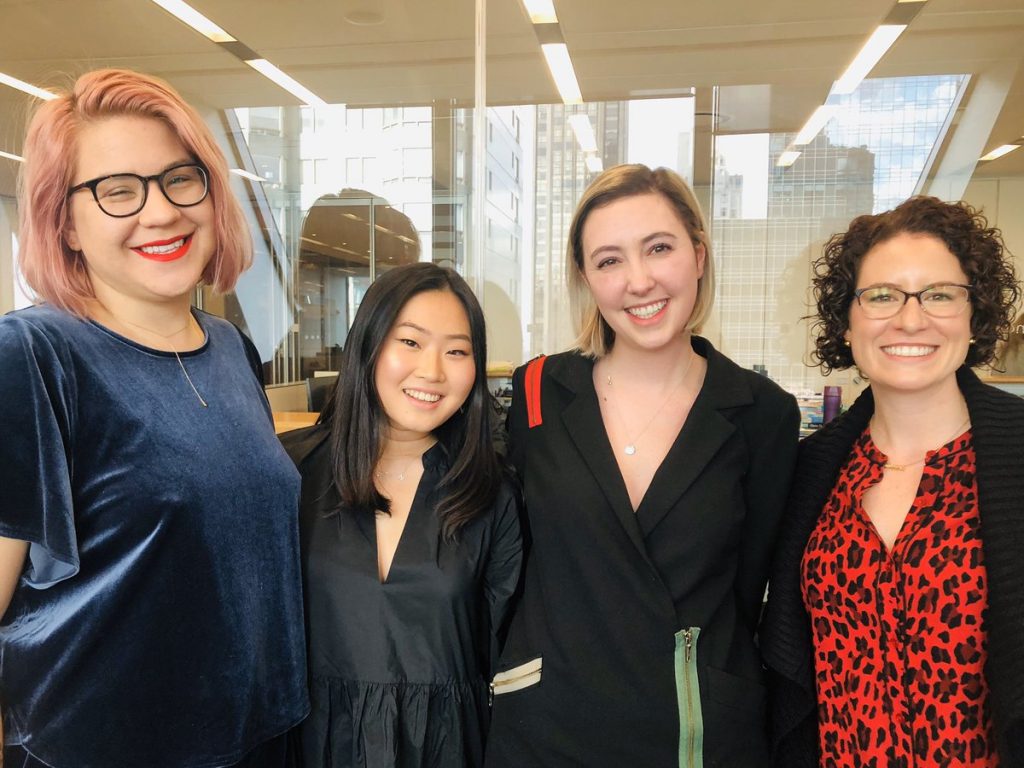 Julie Kosin ‘14, senior culture editor at Elle.com, Yerin Kim ‘18, assistant editor at Seventeen, Emma Baty ‘17, associate entertainment editor at Cosmopolitan, and Erin Hobday ‘03, executive managing editor at Elle and Town & Country.
Julie Kosin ‘14, senior culture editor at Elle.com, Yerin Kim ‘18, assistant editor at Seventeen, Emma Baty ‘17, associate entertainment editor at Cosmopolitan, and Erin Hobday ‘03, executive managing editor at Elle and Town & Country.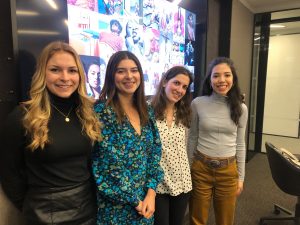 Lale Arikoglu, senior lifestyle editor at Condé Nast Traveler, Meryl Rothstein, features editor at Bon Appétit, and Alex Erdekian ‘18, alumna and assistant editor at Condé Nast Traveler.
Lale Arikoglu, senior lifestyle editor at Condé Nast Traveler, Meryl Rothstein, features editor at Bon Appétit, and Alex Erdekian ‘18, alumna and assistant editor at Condé Nast Traveler.